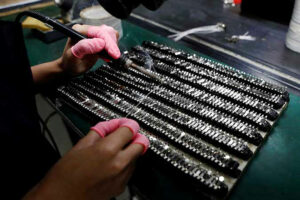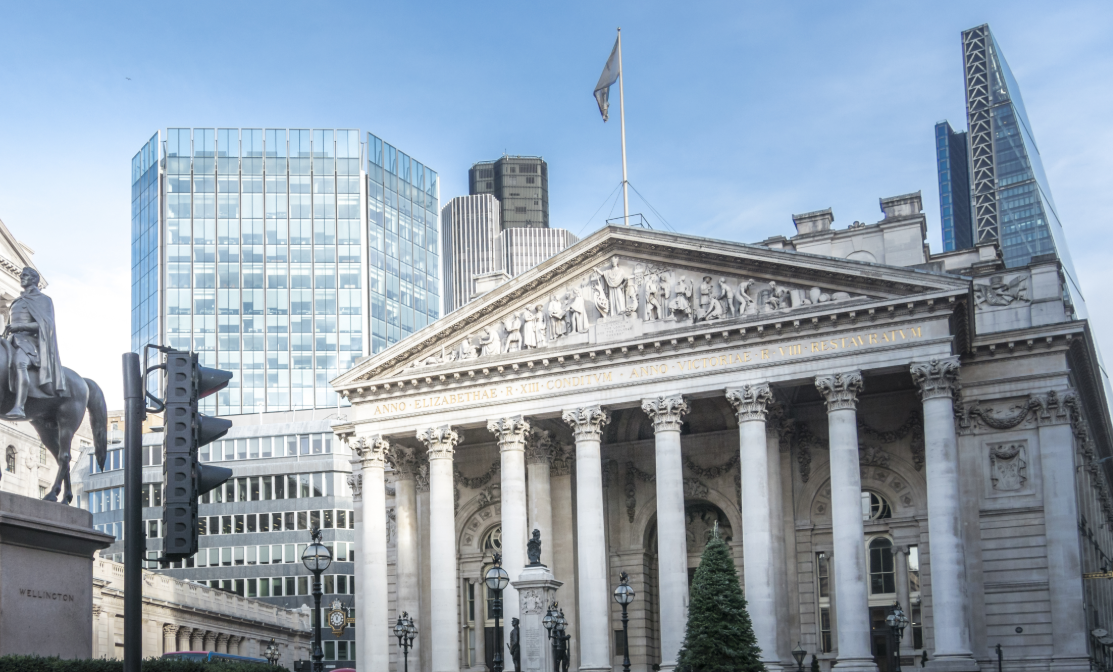Manufacturing activity improves in August

By Diego Gabriel C. Robles
THE PHILIPPINES’ manufacturing sector continued to expand for a seventh straight month in August, as production stabilized with a softer contraction in new orders, S&P Global said on Thursday.
The S&P Global Philippines Manufacturing Purchasing Managers’ Index (PMI) reading stood at 51.2 in August, improving from the six-month low of 50.8 in July.
“August PMI data signaled an improvement in operating conditions across the Philippines manufacturing sector,” Maryam Baluch, economist at S&P Global Market Intelligence, said in a statement.
A PMI reading above 50 denotes improvement in operating conditions compared with the preceding month, while a reading below 50 signals deterioration.
The headline PMI measures manufacturing conditions through the weighted average of five indices: new orders (30%), output (25%), employment (20%), suppliers’ delivery times (15%) and stocks of purchases (10%).
Among its Southeast Asian neighbors, the Philippines’ PMI reading was in the middle of the pack, lagging Thailand (53.7) and Indonesia (51.7) but better than Malaysia (50.3) and Myanmar (46.5).
S&P Global noted that Philippine manufacturing firms showed growth for the seventh month in a row in August, although the uptick was lower than the average.
Last month’s data “suggested some relief as the seasonally adjusted output index stabilized after contracting for the first time in six months during July,” it added.
The pace of contraction in new orders eased in August, with companies posting a slight drop in overall client demand.
S&P Global said overall sales were dragged by the sharp decline in new export orders, “as foreign customer demand fell at the steepest rate since January.”
This prompted manufacturers to slash purchasing activities, marking the first cut in input buying since January.
Manufacturing firms also ramped up hiring in August, with the pace of job creation the quickest since June 2017.
“Strong gains in workforce numbers helped boost the latest headline PMI figure during August. Firms hired additional staff for the fourth consecutive month as firms hoped for expansion in production in the coming months,” S&P Global said.
Stocks of raw materials and semi-finished items expanded at their softest pace since October 2021, and easing for the fourth month in a row.
“However, growing downside risks to growth challenge the sector. Already we have seen output failing to expand during the latest survey period, and factory orders falling for the second consecutive month. Furthermore, price pressures remained persistently high,” Ms. Baluch said.
She said there are concerns that persistent inflation, supply chain disruption, the peso depreciation and rising rates “will squeeze demand as clients’ disposable income will take a hit.”
S&P Global also noted there were more supply chain disruptions in August, due to shipment delays and port congestion.
“While the Filipino economy showed strong growth post-COVID, the following months will challenge momentum, with the PMI data already recording softer output expectations for the year ahead,” Ms. Baluch said.
According to S&P Global, manufacturing firms are optimistic about an expansion in output in the next 12 months, but the level of confidence was the second lowest in the last seven months.
Rizal Commercial Banking Corp. Chief Economist Michael L. Ricafort cited the further reopening of the economy, specifically the resumption of face-to-face classes and foreign and domestic tourism, as a factor in the improvement of the PMI in August.
“Near record high exports and imports data in recent months also supported increased manufacturing activities. A continued pickup in foreign direct investments in recent months, among pre-pandemic highs, also supported increased production,” Mr. Ricafort said in a Viber message.
Downside risks facing the sector include higher inflation, rising interest rates, the risk of a recession in the United States, the lockdowns in China, and the Russia-Ukraine conflict, he said.
UnionBank of the Philippines, Inc. Chief Economist Ruben Carlo O. Asuncion said that the August reading is good news, as he expected a PMI of 49.8 which indicates contraction.
“We think that the external headwinds are bigger downside risks for the local economy in the medium term. Nevertheless, we are watching recovery of local demand and supply-side factors that is continuing to impact domestic price levels,” Mr. Asuncion said in a Viber message.
Inflation quickened to 6.4% in July, the fourth consecutive month it exceeded the central bank’s 2-4% target band. The seven-month average stood at 4.7%, reflecting the impact of soaring transport, fuel, and food expenses.
The Bangko Sentral ng Pilipinas has already increased borrowing costs by 175 basis points since May as it seeks to bring inflation back within target.




